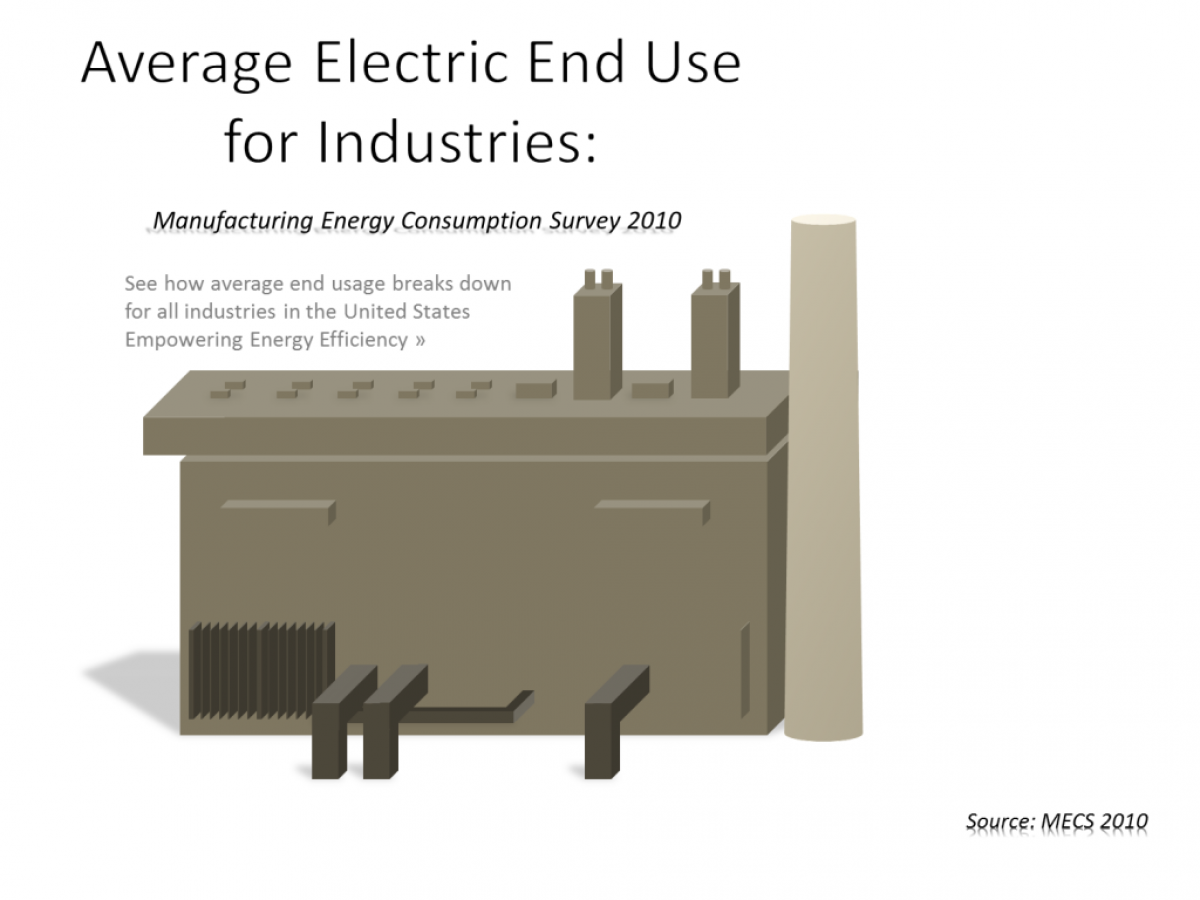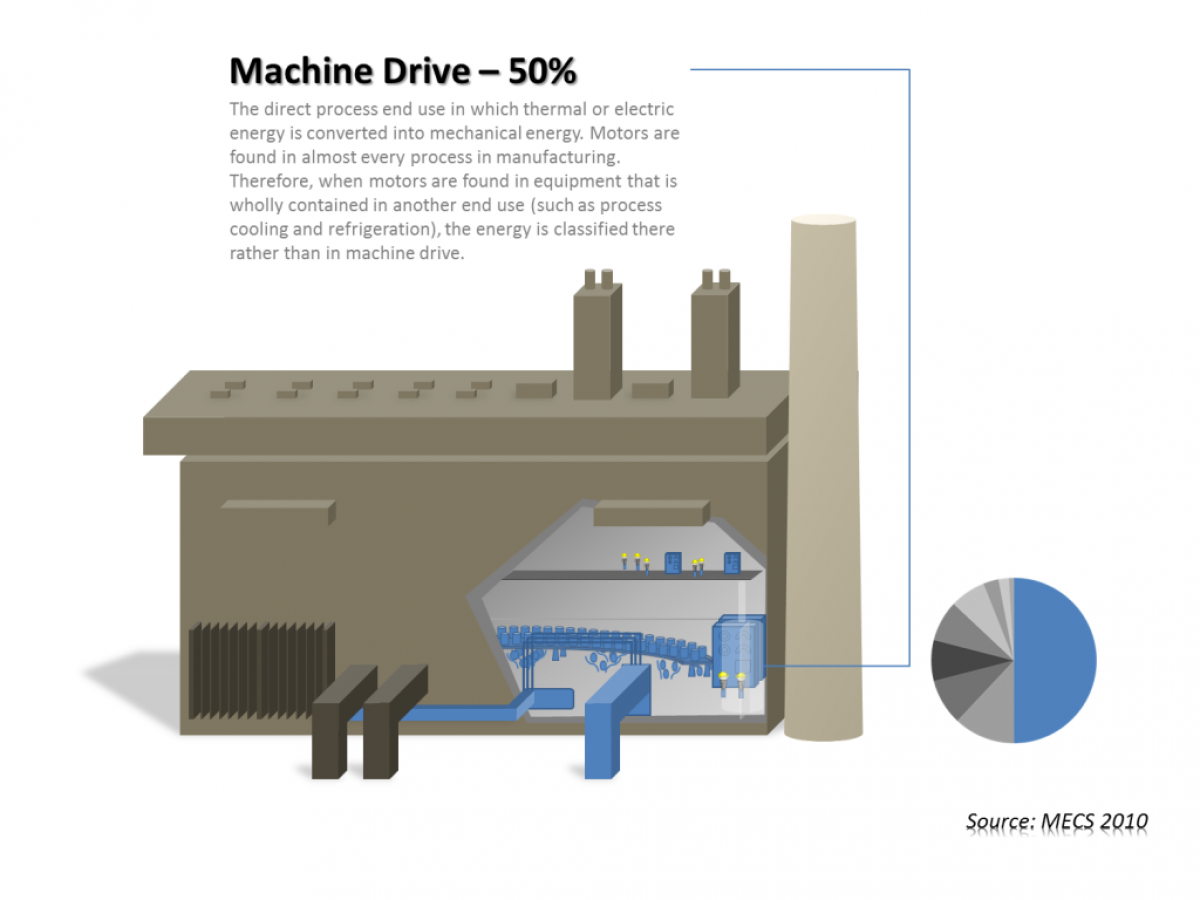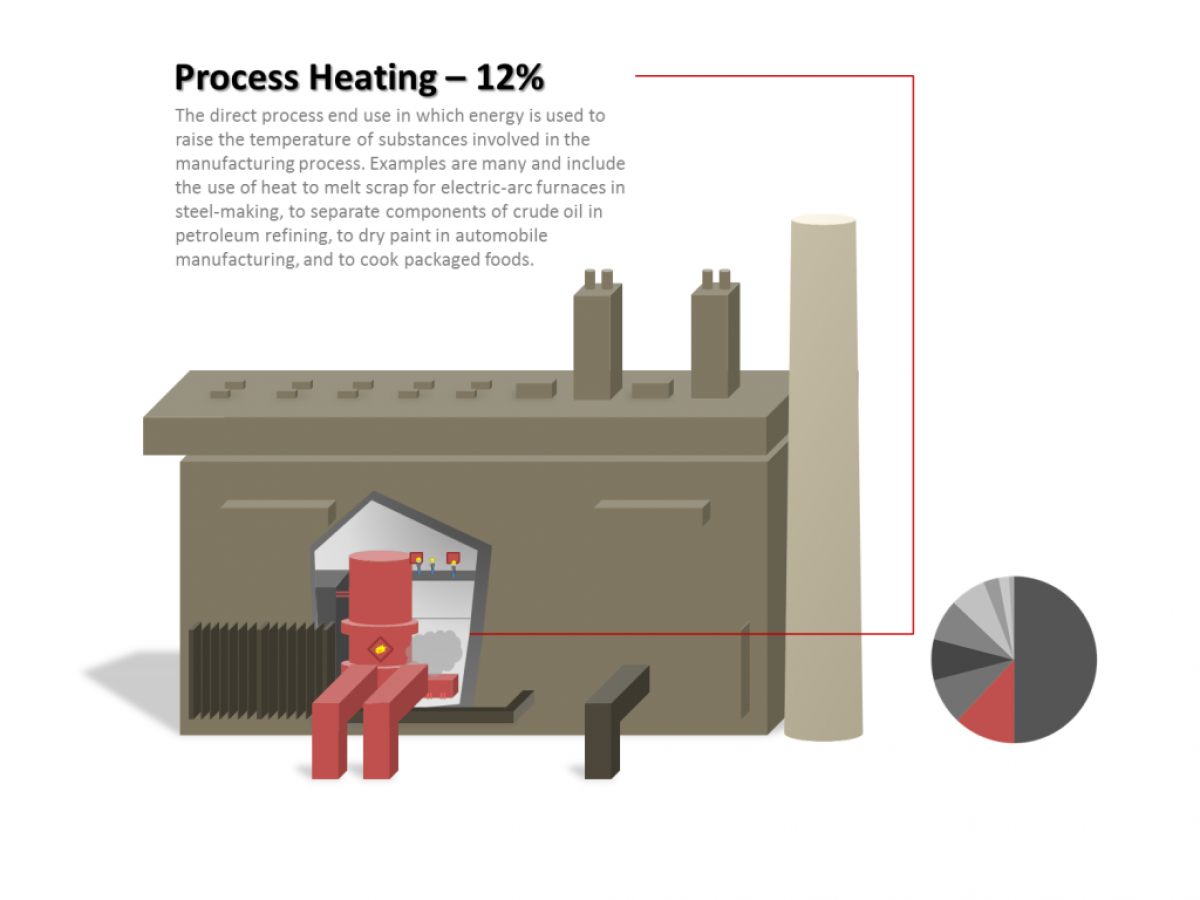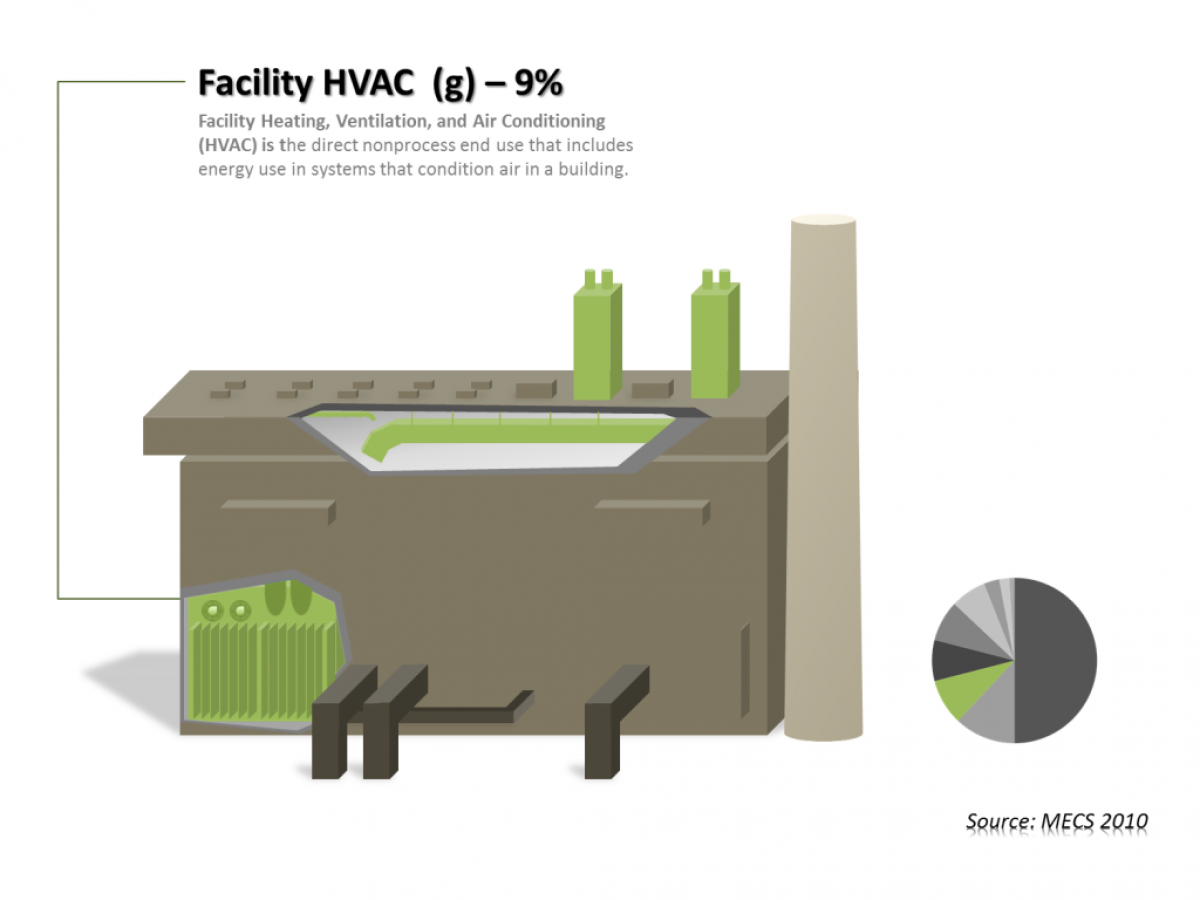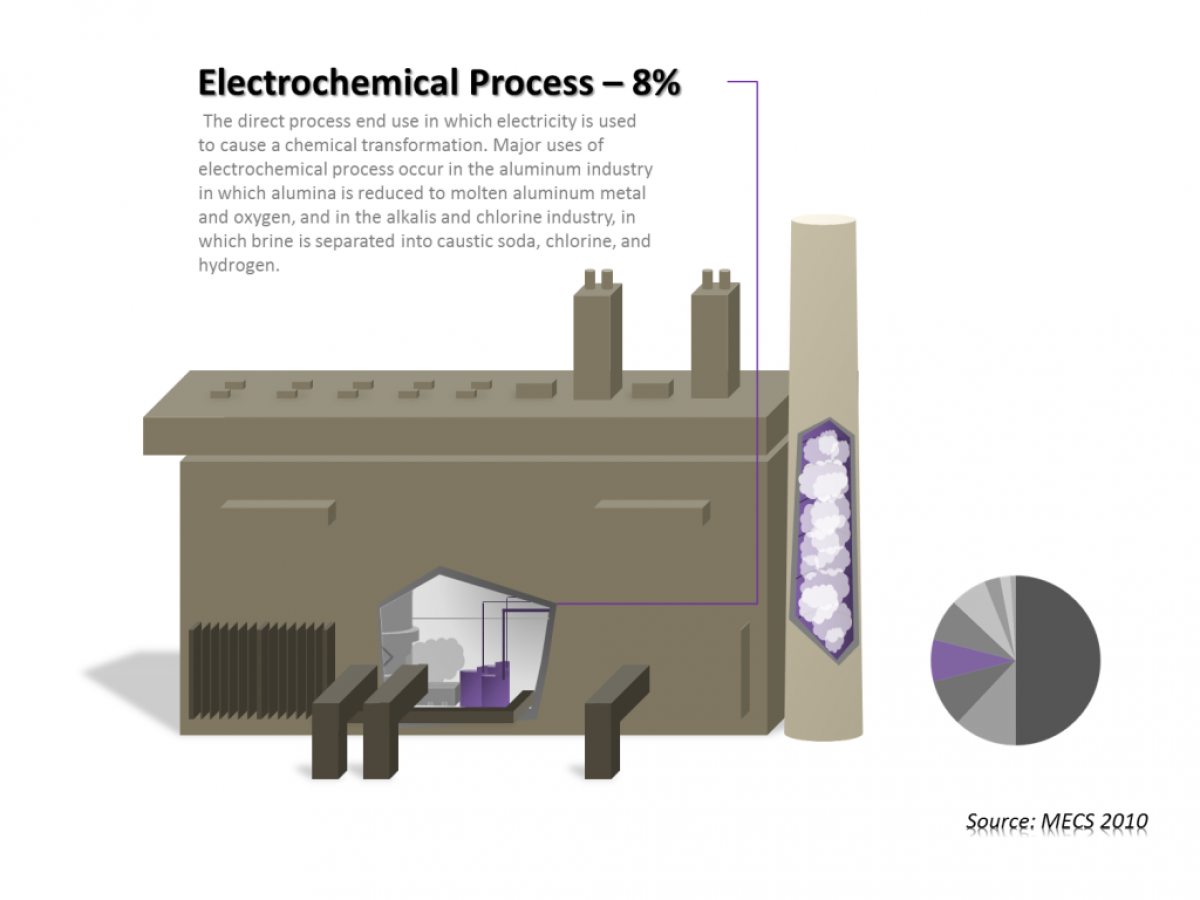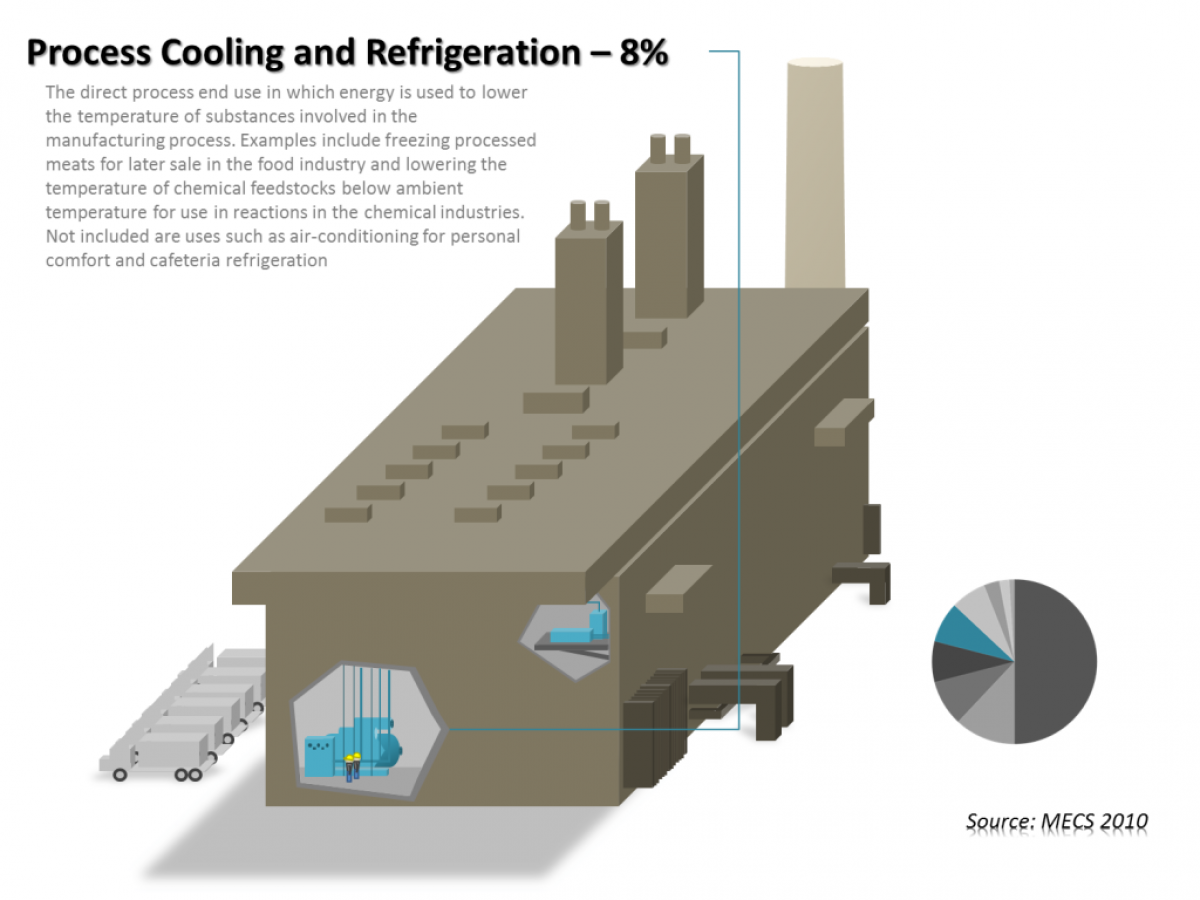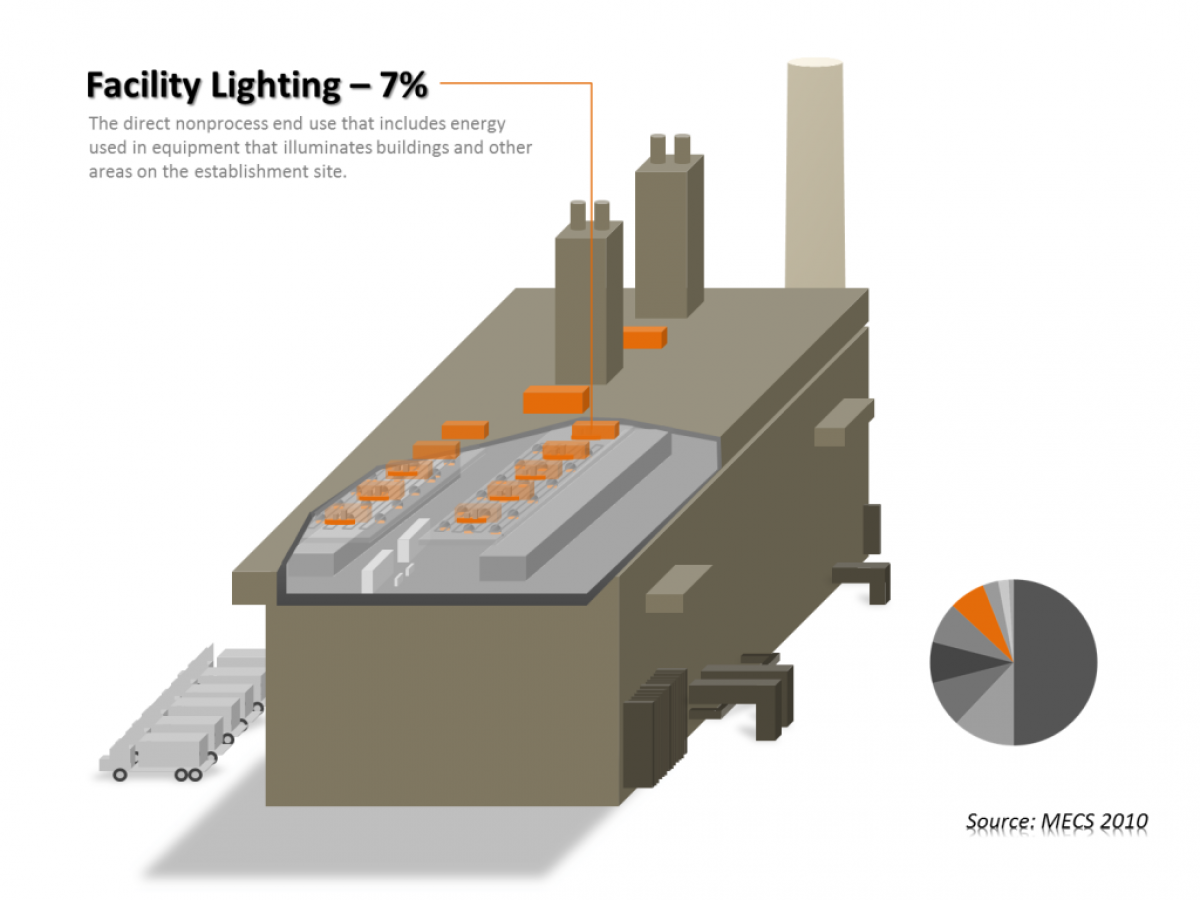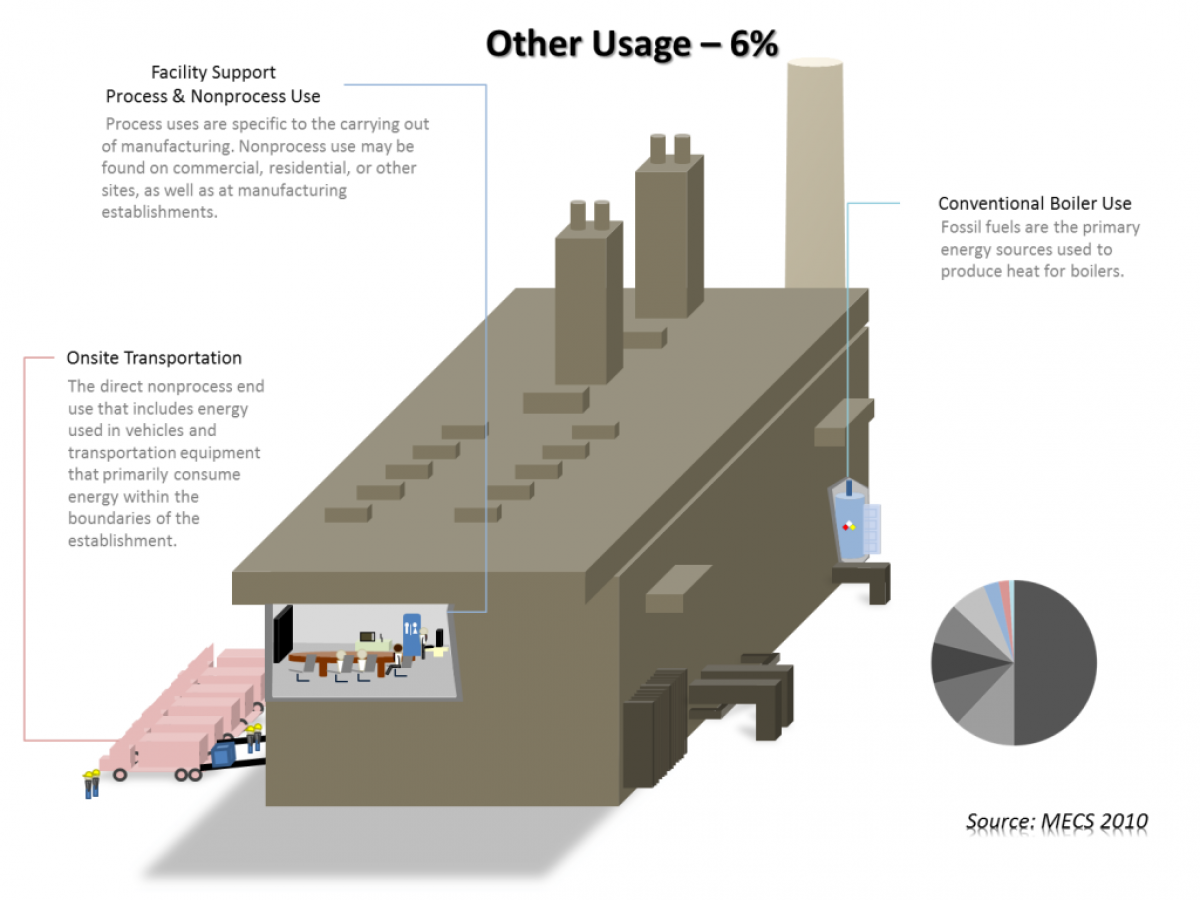Systems Operations Assessment
We focus on optimizing the energy savings opportunities within industrial systems, rather than focusing on individual components.
Click the arrows below to see how energy usage breaks down for all industries in the United States:
We support our clients’ needs with our comprehensive expertise in the following systems:
- Compressed Air
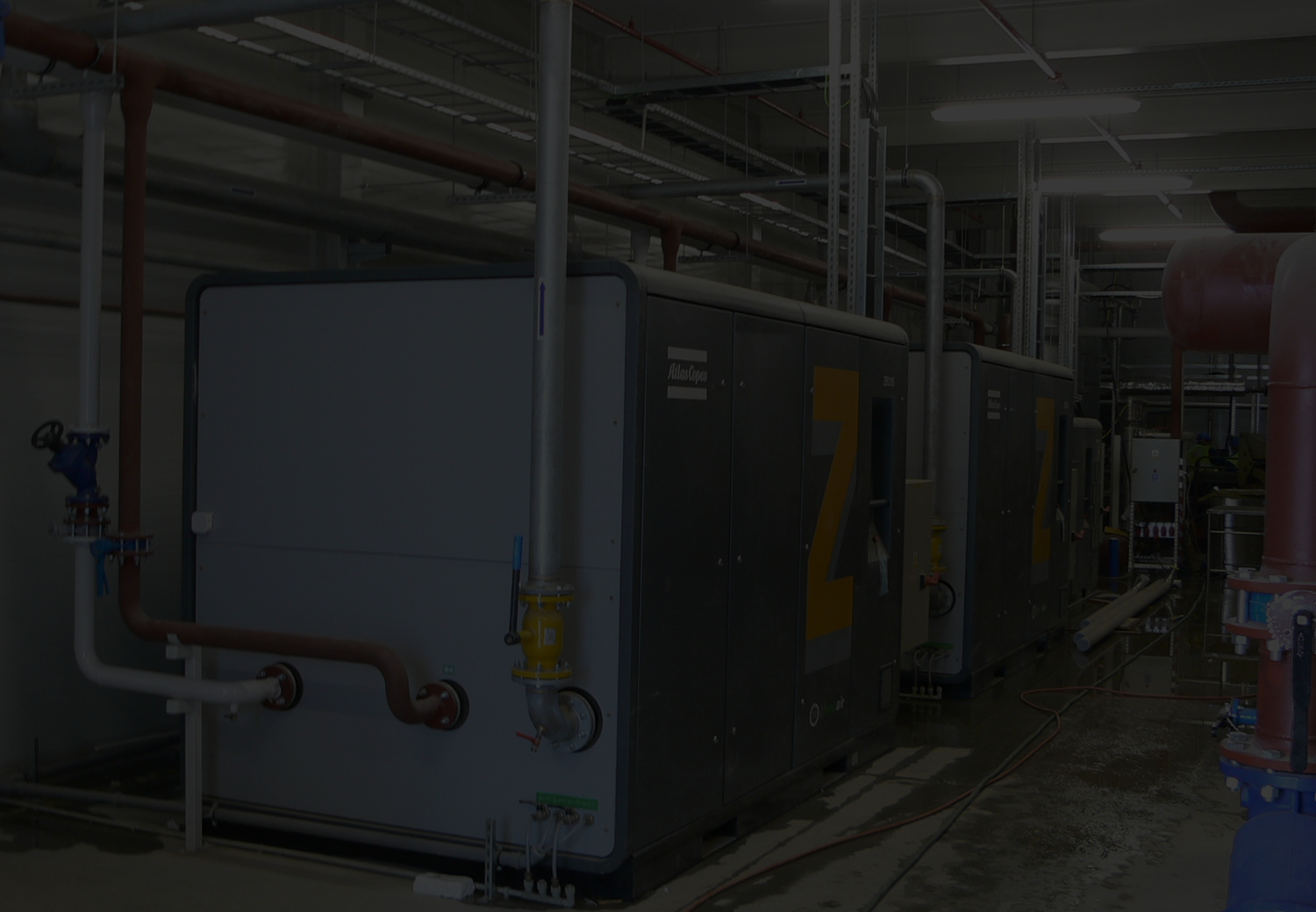
Using a systems approach, we monitor your compressed air system and establish accurate baselines for energy usage. We model your compressed air system under different operating modes such as weekend, week day, full production, moderate production, etc. Using these baselines, we optimize your compressed air system for improved reliability, reduced energy and operating costs.
- Process Heating & Cooling

We evaluate your process heating and cooling requirements to provide innovative solutions for improving reliability and reduction in energy costs while ensuring:
Adequate capacity to meet projected loads
Supply of required temperatures under all conditions
Material and energy balance for normal, minimum and peak load conditions
- Refrigeration

We monitor your refrigeration system and establish baselines for energy usage. Our model of your ammonia refrigeration system is an effective aid to:
Simulate various control settings and evaluate performance
Train operators
Estimate energy saving
- Combined Heat and Power

We monitor your CHP system and develop a model to make accurate predictions for savings. Here is a sample model of CHP system that was developed for a customer. Such a model can be used to understand the input and recovered energy, and to recommend the optimal solution for reliability and energy efficiency.
- HVAC

We make every effort to determine the variability of load profile, airflow rates through the facility, and other related variables. This analysis provides an in-depth understanding of the issues and practicality of our solutions. Typically, Heating, Ventilating and Air Conditioning (HVAC) system energy use is a significant component of a facility’s overall energy cost


